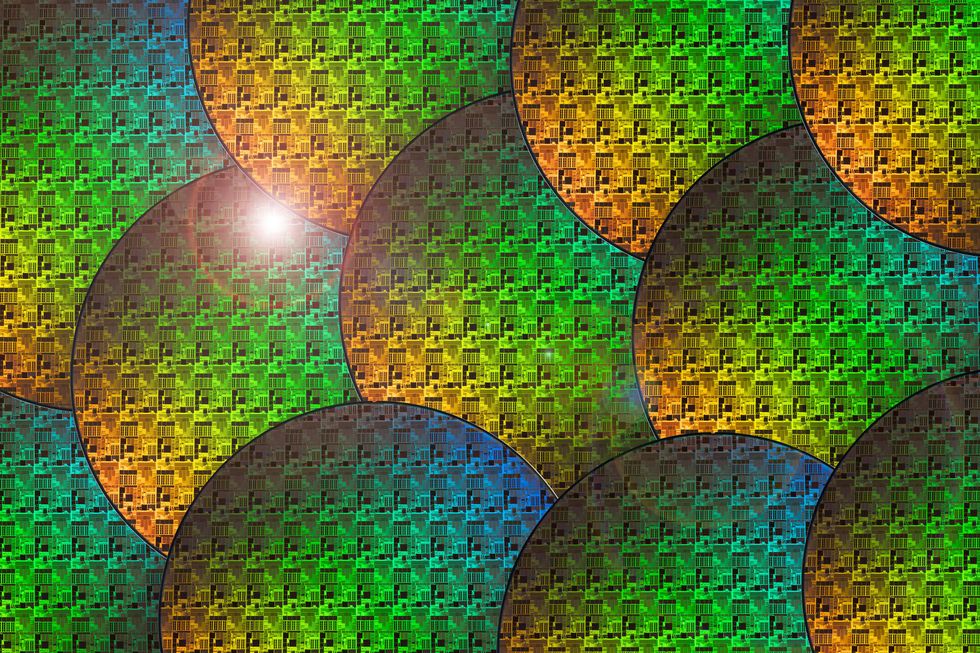Now Reading: Transforming Chip Design: The AI Revolution
-
01
Transforming Chip Design: The AI Revolution
Transforming Chip Design: The AI Revolution

Quick Summary
- The semiconductor industry is approaching the limitations of Moore’s Law, prompting engineers to explore AI’s role in chip design.
- AI applications in chip design include defect detection, anomaly identification, adn logistical modeling during manufacturing.
- AI reduces the computational intensity of physics-based modeling by introducing surrogate models for faster simulations like Monte Carlo experiments and parameter sweeps.
- Tools such as digital twins enable experimentation without using real-world materials, improving cost efficiency and speed while preserving accuracy to some extent.
- Challenges include maintaining accuracy compared to customary methods and assembling data from diverse sensors across teams for effective model generation.
- Engineers utilize community resources like GitHub and MATLAB Central for AI-related examples and apps in processing sensor data effectively.
- AI optimizes materials, designs, and processes while freeing human designers from repetitive tasks to focus on advanced problem-solving areas.
Indian Opinion Analysis
AI’s revolutionary impact on chip design signals a meaningful technological shift that could influence India’s semiconductor ambitions. Wiht the government’s recent push toward localizing semiconductor production under initiatives such as “Make In India” or joint ventures with global players, leveraging cutting-edge AI methodologies can accelerate India’s competitiveness in this field.The focus on harnessing tools like surrogate modeling or digital twins speaks directly to India’s need for cost-effective yet robust solutions suited for scaling up domestic advancement capabilities while managing existing resource constraints. However, challenges such as data integration may spotlight necessary coordination between industries domestically-allied sectors including IoT hardware creators or sensor manufacturers will play critical roles here.
AI’s potential ability to reduce waste aligns with India’s sustainability goals too; incorporating more efficient energy use during production echoes global trends favoring green technologies-critical as India eyes entry into export-driven markets of poised consumer electronics components globally bolstering technology ecosystem awaits all needed aligning these bedrock grounded opportunities around adopting tools workforce equipped/expertise transitional What amatør level collegiate cultivating ensuring future beyond optimised aligned vertically growth



























